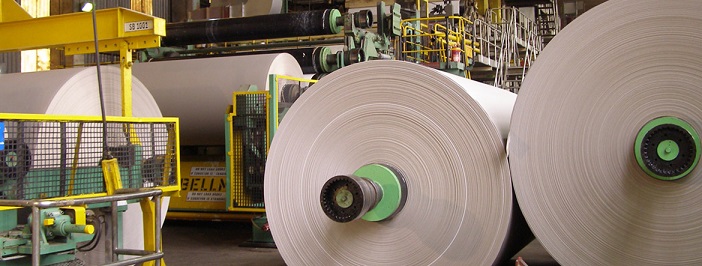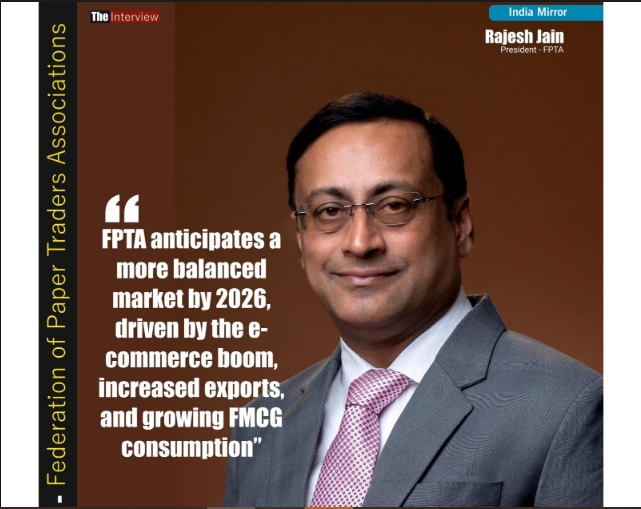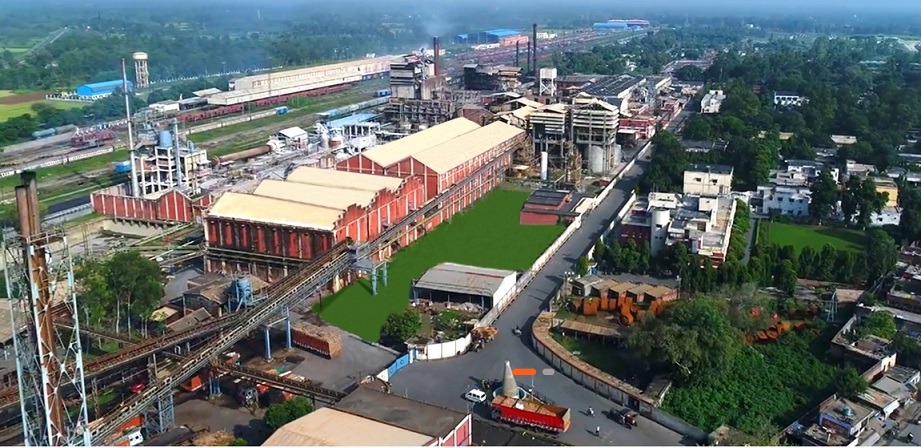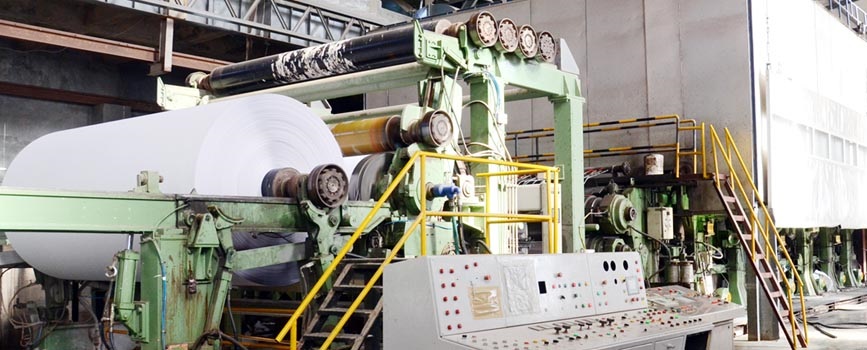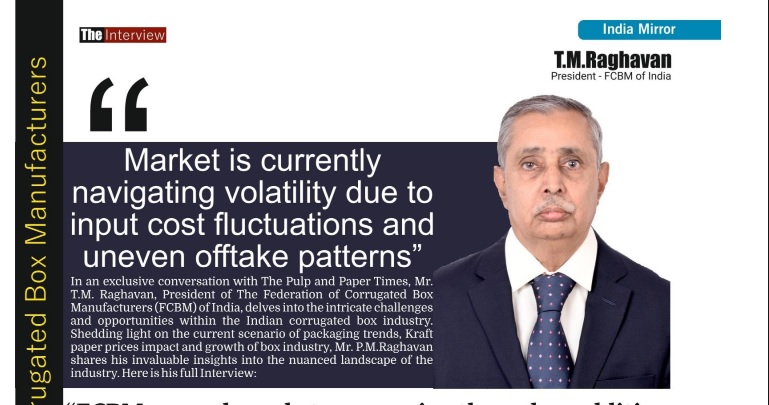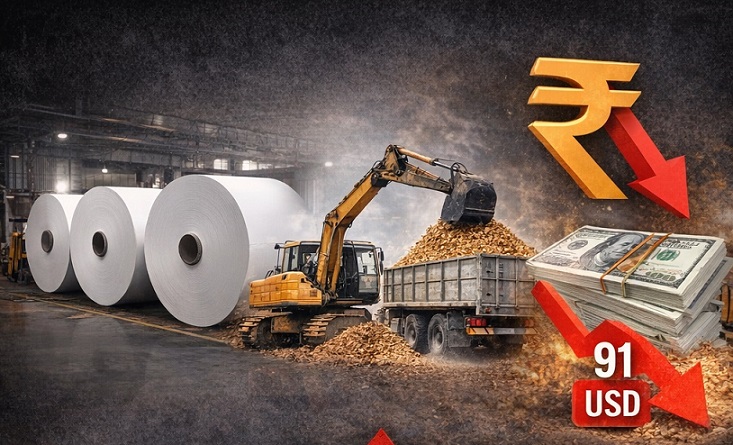The demand created by Christmas is likely to push fiber prices up, renewed interest in European OCC from various mills, and freight surges by $1,000 per container amid the Red Sea crisis
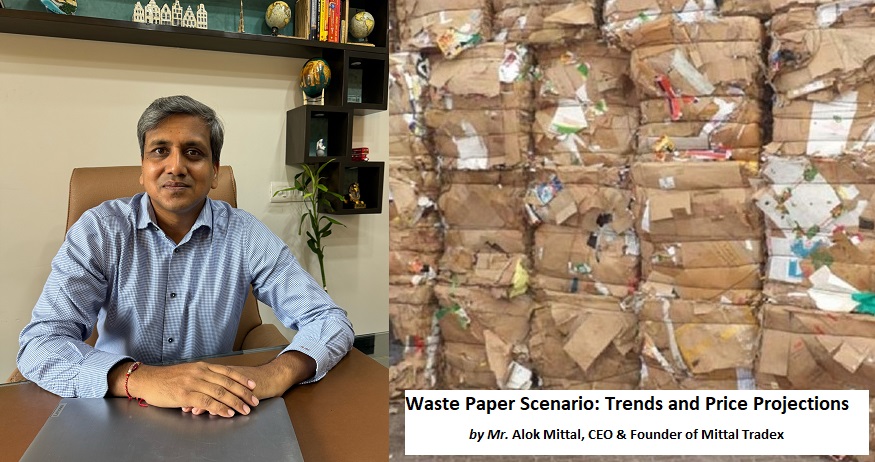
The demand created by Christmas is likely to push fiber prices up, renewed interest in European OCC from various mills, and freight surges by $1,000 per container amid the Red Sea crisis
-Waste Paper Scenario: Trends and Price Projections
-Supply disruptions, high ocean freights for Indian ports, price volatility, and demand fluctuations are becoming regular features rather than exceptions
The article below is written by Mr. Alok Mittal, CEO & Founder of Mittal Tradex Pvt. Ltd. The Company has 45 years of Trading experience and is an expert in supply of all grades of recovered paper. The views are personal.
The Pulp and Paper Times:
The Indian economy is one of the fastest and best-performing economies today, with a GDP growth rate of 7%. This robust development has led to an accelerated pace of consumption of goods and services, including paper products.
India has about 850 paper mills, and despite various challenges and disruptions, the paper industry has a CAGR of about 6-7%. The drivers for this growth are rising literacy rates, increased industrial development, technological advancements and sustainable packaging, and, last but not least, digital media and paper coexistence, which has opened a new and fast-growing channel of e-commerce packaging.
However, as far as imported waste paper is concerned, the industry is going through an unprecedented time right now.
Impact of the Red Sea Crisis
The year began with the impact of the Red Sea crisis, which disrupted global trade and supply chains across the world. Sea freights increased by as much as USD 1000 per container, transit times to Indian ports increased by 3-4 weeks due to re-routing via the Cape of Good Hope, and this ultimately led to a surge in prices of domestic waste paper as there was a sudden scarcity of imported waste in the Indian market.
These disruptions not only affected the primary routes but also caused heavy congestion at alternate routes and trans-shipment hubs. For countries like India, freight rates remained high and equipment availability was low. On top of that, suppliers in the USA and Europe preferred to sell their quantities to Southeast Asian countries like Vietnam, Thailand, Malaysia, and Indonesia due to better freight rates compared to India.
The Baltimore bridge accident in March 2024 added to the ongoing problem from the East Coast of the USA to various Indian ports as vessel movement was suspended for a few days/weeks.
Current Scenario
Since the beginning of 2024, there has been an imbalance between the price of imported and domestic waste paper, which has posed significant challenges for the paper mills. The local demand-supply mismatch has further complicated the scenario.
As far as the current European market is concerned, we saw a downtrend in July, but August has been consistent with stable demand. Even from the United States, the export market for OCC has been flat in August, as also indicated in the yellow sheet.
Buying for Indian mills has been slow across all the kraft grades, mainly due to low demand for finished paper and also the reduction of large tonnage offers from the international market. On the duplex side, mix paper has been able to maintain its level. Other medium-high grades like POC, SOP, SWL, etc., have softened as these grades are available in surplus quantities from domestic generation at much cheaper prices.
Market Demand & Price Trend in the Coming Months
Gone are the times when industry stalwarts and analysts could extrapolate past events and predict future trends. Today’s times are governed by political instability, economic turmoil, and globally impacting events, which make it almost impossible to forecast the market accurately.
With the festival season around the corner in India, it is anticipated that the demand for packaging paper (for e-commerce, FMCG, and other industries) may increase. There is renewed interest in European OCC from various mills. Since generation from Europe will be limited due to holidays, prices may see an upward trend in the coming days.
Coincidentally, there will be increased demand for packaging paper in Europe and the US markets in the next few months due to the demand created by Christmas. Low availability of fiber is likely to push prices up.
New Capacity, Prices, and Strategy
New capacity addition, mill consolidation, and planned/forced shutdowns have been features of the Indian paper industry for the last few quarters. Traditional, low-profit, inefficient mills would no longer be competitive and will be forced to close down.
But in the process of new mill setups, there is an interesting emerging trend – localization in the demand and supply of finished and waste paper. Let me explain with an example: recently, new paper mills have been set up in Haryana and Rajasthan, which obviously prefer to serve towns and cities within a radius of, say, 100 km. Likewise, the waste paper from these nearby towns and cities is being diverted to these new mills, which otherwise would have been sold in nearby states such as Uttar Pradesh, Uttarakhand, etc.
On an international level, new mills are getting commissioned in the GCC, UK, and Europe in the next few quarters with capacities as high as a million tonnes a year. This will result in some major changes in the availability of waste paper in India, as it is highly likely that suppliers will prefer to trade domestically or sell in countries where volumes are large, ocean freights are low, and payment terms are more favorable.
In addition, supply disruptions, high ocean freights for Indian ports, price volatility, and demand fluctuations are becoming regular features rather than exceptions. All these factors will compel the Indian mills to have a more structured process and redesign their procurement strategies. Spot buying may not be the best option and can impact production cycles. This calls for a paradigm shift in planning and execution.
Similarly, on the sales side, India’s export markets – UAE, China, Saudi Arabia, Southeast Asia, etc., are likely to see more intense competition in the near future once the new capacities are added to the market.
To summarize, the Indian pulp and paper industry has a promising outlook supported by fast economic expansion, emphasis on education and literacy, rapid urbanization, and a growing middle class. With one of the lowest per capita consumptions of paper in the world, the potential for growth is tremendous. Despite the challenges of costs, technology, environmental concerns, etc., India is on the path to becoming a leading paper producer in the world.
About the Author:
Alok Mittal is the CEO & Founder of ISO 9001:2015 certified, family run business organization- MITTAL TRADEX PVT LTD. The Company has 45 years of Trading experience and is an expert in supply of all grades of recovered paper from North America, Europe, UK & Middle East for Kraft, Duplex, Newsprint, Tissue and Speciality Paper Mills in India. Alok is a highly qualified and accomplished professional with an illustrious educational background and wealth of expertise in sales, strategy and complex, multi-country business environments.
Web Title: The demand created by Christmas is likely to push fiber prices up, renewed interest in European OCC from various mills, and freight surges by $1,000 per container amid the Red Sea crisis




 Join WhatsApp Group
Join WhatsApp Group Join Telegram Channel
Join Telegram Channel Join YouTube Channel
Join YouTube Channel Join Job Channel (View | Submit Jobs)
Join Job Channel (View | Submit Jobs) Join Buy Sell Channel (Free to Submit)
Join Buy Sell Channel (Free to Submit) Paper News Headlines Channel (Free to read)
Paper News Headlines Channel (Free to read)





